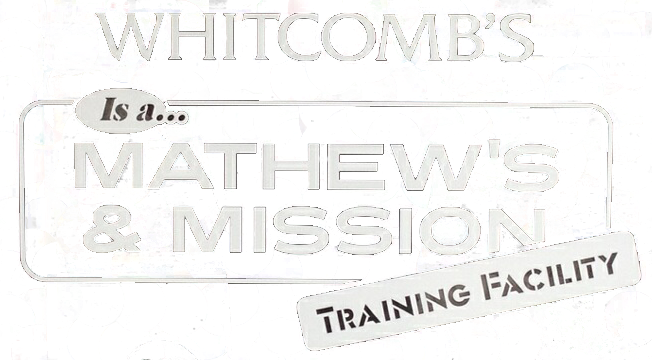All scent is collected in the fall on a daily basis
from individual deer and immediately frozen to preserve freshness.
Before placing your scent, the most important step is to first make sure that your scent is fresh. When urine is fresh it should not have a strong or ammonia smell and should not be too potent. We research and observe wild deer as well as our own tame deer all year around. Using digital TRAIL CAMERAS, we take 40,000 - 50,000 images a year just monitoring the wild populations. Deer lick and eat each other’s urine and use scent marking on scrapes and overhanging branches as a primary way of communication. If the scent that you use on a scrape, for example, is outdated, the deer can distinguish this. They will pay little attention to your scrape because it will appear as though your phantom deer has not visited the scrape in weeks or months. Fresh scent, on the other hand, tells the local deer that a new deer is in the area. In the wild, deer live in a very strict family hierarchy with the older and stronger deer usually being the most dominant. When the local deer smell the scent of a newcomer, they will come looking for him or her to find out the visitor’s place in the pecking order.
Deer Scent Info
3947 Baptist Church Road Princeton, MN 55371 763-286-1659
Call or email for further questions
Most mature, dominant bucks begin making scrapes earlier in the season than the other deer. Bucks often make lines of scrapes between core feeding and bedding areas. We try to mimic this pattern and normally begin making mock scrapes in August. To make a mock scrape, find a deer trail or an area heavily used by deer, and clear a 3' by 3' area down to the dirt using scent-free (rubber) BOOTS scratching up the dirt is very important, as deer are attracted to the smell of fresh dirt as well as the scent. Make sure there is brush or overhanging branches above the scrape that the deer can use for rubbing their preorbital scent as well as other glandular secretions. Finally, put your buck scent in the dirt below the licking branch. Any unused scent should be immediately refrozen after coming in from the field. A good rule of thumb is to preserve scent in a freezer in a similar way as you would preserve milk in a refrigerator. It can be used and refrozen multiple times; when it begins to smell like ammonia, throw it away. This thawing and refreezing process is a natural occurrence in Minnesota during October and November and throughout the rut. For example, when a buck deposits his scent on a scrape during this time of the year, it will break down at a certain rate, and other deer will be able to tell how old it is. Because of the cool weather, deer haven’t encountered scent that smells like ammonia since the hot days of summer. Deer will easily distinguish a bottle of scent that is already aged and smells like ammonia during this time of the year, often startling them instead of arousing their curiosity. For them, eating and licking old scent is like us drinking sour milk; they can easily distinguish whether it is outdated or fresh.
Another effective use for scent is placing it on dragline as you walk to your stand. This will help mask your human scent, and often leads deer straight to your stand site. Using fresh scent is one key ingredient to increase your chances of fooling the whitetail’s KEEN nose.
Experience the Whitcomb’s Whitetail’s Challenge …
We dare you to stop by Whitcomb’s and compare any other brand of scent with our “panel” of deer to see how they react to it. You will be amazed at what you will see and observe before you use it in the woods.
Click Here
*Scent is not available til mid October when our Does come into estrous




